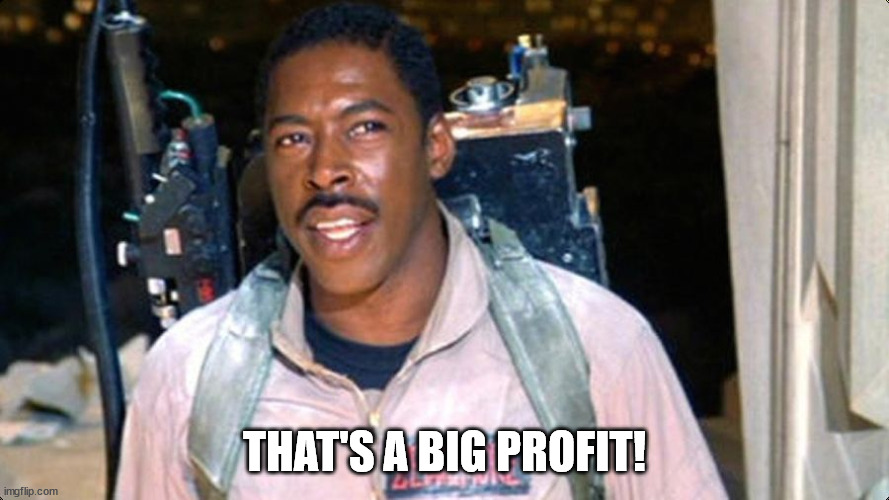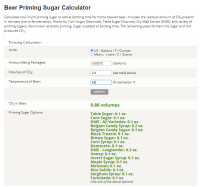Soufeastboy
Member
- Joined
- Jul 18, 2012
- Messages
- 11
- Reaction score
- 6
I'm a casual small batch brewer who's been brewing for about 10 years, 2 - 3 3 gallon batches a year. I've pretty much got the process down, with predictable outcomes of very drinkable brews, except for one thing....
There is way too much inconsistency between bottles....some have a little more carbonation, some a little less, some have a little sediment and others have none.
I've tried to rectify this problem with an increase in stirring (every 4th or 5th bottle) during the bottle process but that has resulted in the fluctuation in sediment and hasn't really solved the carbonation problem.
Suggestions?
There is way too much inconsistency between bottles....some have a little more carbonation, some a little less, some have a little sediment and others have none.
I've tried to rectify this problem with an increase in stirring (every 4th or 5th bottle) during the bottle process but that has resulted in the fluctuation in sediment and hasn't really solved the carbonation problem.
Suggestions?





